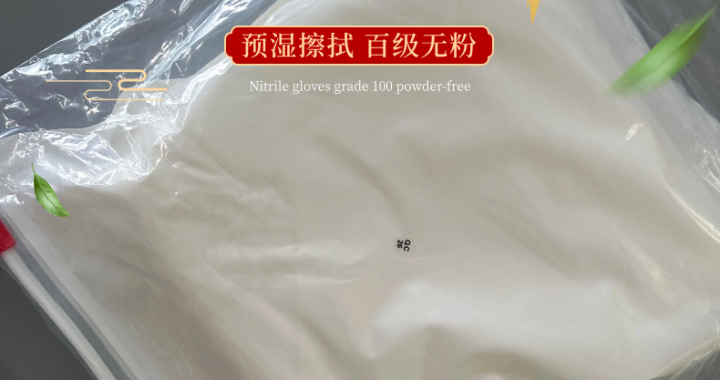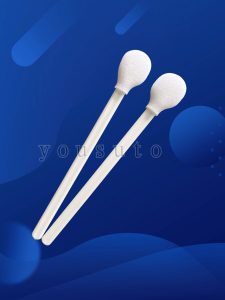Devices such as check scanners, ATMs, cash recyclers, and bill counters are central to daily operations. These devices not only need to accurately read data but also efficiently process various checks and cash. Therefore, regular cleaning and maintenance are crucial for ensuring the smooth operation of these devices and extending their lifespan. This article will share how the proper use of cleaning tools and professional maintenance methods can keep financial equipment in optimal condition.
Cleaning Tips for Check Scanners and ATMs
Using Cleaning Cards and Cleaning Sheets
Check scanners and ATMs handle a large number of checks and cards daily, which leads to dust and dirt accumulation over time, affecting the accuracy of the device’s reading capabilities. To address this issue, the market offers cleaning cards and cleaning sheets specifically designed for financial equipment.
Cleaning cards (such as “card reader cleaning cards”) are soft, durable cards designed to clean the card reader slots of devices. They can easily reach inside the slots and wipe off dust and stains from the reading heads. Regular use of cleaning cards helps ensure that the device can always accurately read card information, reducing transaction errors.
Cleaning sheets (such as “printer roller cleaning sheets”) are used to clean the printer rollers inside ATMs and check scanners. When inserted into the device, the cleaning sheet contacts the rollers, removing dust and residues that have adhered to them, thereby maintaining the device’s proper function.
Regular Professional Maintenance
Although daily use of cleaning cards and sheets can effectively keep the equipment clean, regular professional maintenance is also essential for complex devices like ATMs. Professional technicians can perform comprehensive inspections and maintenance, identifying potential faults and performing timely repairs. Additionally, professional cleaning services can further reduce the likelihood of equipment malfunctions, ensuring the security and stability of financial transactions.
Cleaning and Maintenance of Cash Handling Equipment
Focusing on Cleaning the Bill Path
Cash recyclers (such as “arca cash recycler”) and bill counters (such as “jcm bill acceptor”) are critical for handling cash in financial institutions. These devices process large volumes of banknotes through the bill path, making its cleanliness particularly important. Over time, dust, paper scraps, and other debris can accumulate in the bill path, potentially causing device jams or misreads.
To ensure the device operates smoothly, it is recommended to regularly clean the bill path. Specialized cleaning brushes and air blowers can be used to thoroughly remove dust and debris from the path, ensuring the smooth passage of banknotes.
Using Specialized Cleaning Kits
In addition to regular cleaning, using electronic cleaning kits specifically designed for cash handling equipment (such as “electronic cleaning kit”) can be beneficial. These kits usually contain various cleaning tools and solvents that can comprehensively clean different parts of the device. For example, soft brushes can clean hard-to-reach crevices, specialized cleaners can effectively dissolve stubborn stains, and anti-static cloths can prevent static damage to the equipment during cleaning.
Using specialized cleaning kits not only improves cleaning efficiency but also reduces wear and tear on the equipment, extending its lifespan.
Conclusion
The proper operation of financial equipment is crucial to the daily operations of financial institutions. By regularly using cleaning cards, cleaning sheets, and professional cleaning kits, dust and stains inside the equipment can be effectively removed, ensuring the accuracy and stability of the devices. Additionally, scheduling regular inspections and maintenance by professional technicians can help identify and address potential issues early, ensuring long-term reliable operation.
Whether it’s a check scanner, ATM, cash recycler, or bill counter, maintaining the cleanliness and proper upkeep of the equipment is a key step in ensuring its efficient operation. Financial institutions should prioritize this aspect, incorporating equipment cleaning and maintenance into their daily management processes, thereby enhancing overall operational efficiency.




